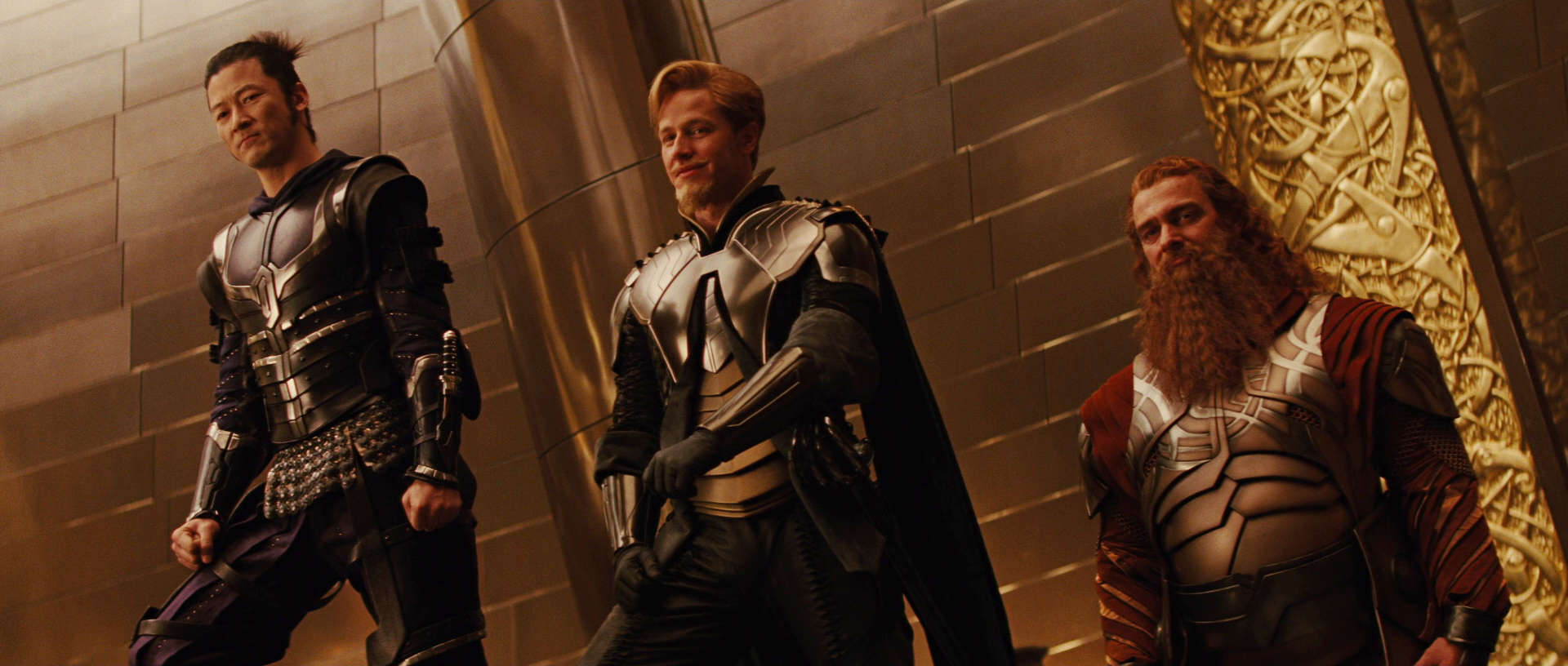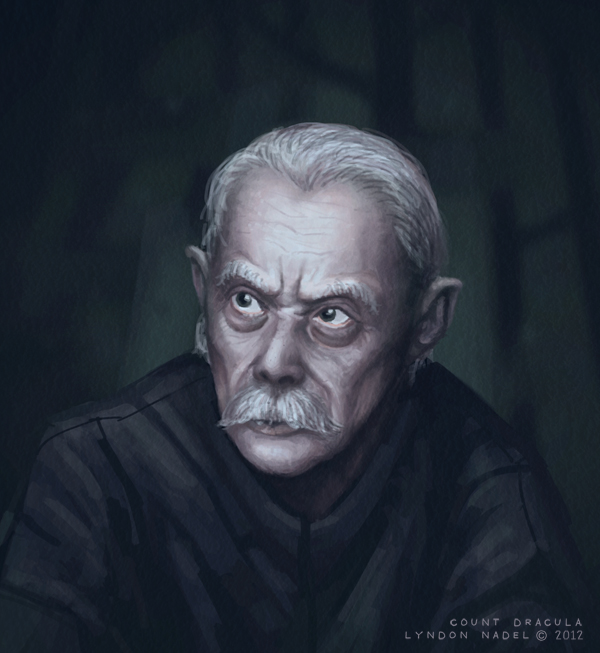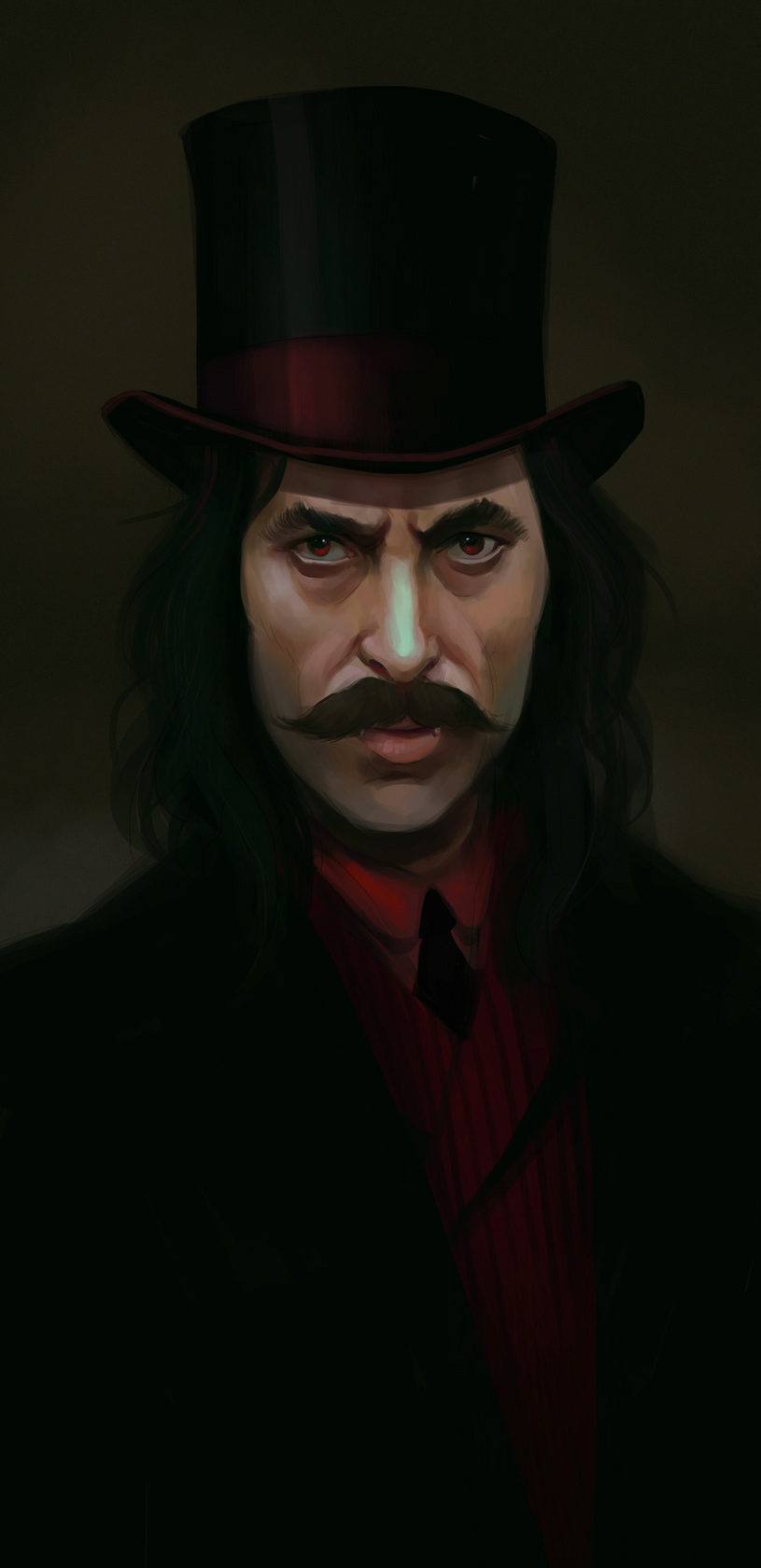To Wong Foo, Thanks for Everything! Julie Newmar
Universal Pictures/Amblin Entertainment, 1995
Director: Beeban Kidron
Writer: Douglas Carter Beane
Starring: Wesley Snipes, Patrick Swayze, John Leguizamo, Robin Williams
My wife has been trying to get me to watch this movie for years, and I'm glad I finally got around to it. I positively giggled like a schoolgirl; I challenge you to watch Wesley Snipes giggling maniacally while slipping into a pair of black thigh-high nylons, and not be tempted to giggle yourself.
It felt really, deliciously weird to see extremely masculine actors (who — need I remind you — respectively played the eponymous vampire-hunting protagonist of the Blade trilogy and longtime hetero sex-symbol Johnny from Dirty Dancing) playing ultra-feminine drag queens. What's more, these drag-queens are most fabulous drag queens in New York: Noxeema Jackson (Wesley Snipes) and Vida Boheme (Patrick Swayze) are finalists in a drag competition in NYC, and earn the right to continue on to the finals, which will take place in Hollywood in just a few days' time. Pausing briefly to take the hapless "drag princess" Chi-Chi Rodriguez (John Leguizamo) under their wing, before heading off on a cross-country road trip from the Big Apple to Tinseltown... with an unplanned stop in Podunk, USA.
| "Noxeema, you remember John Jacob Jingleheimer Schmidt?" "Oh yes: his name is my name, too!" |
The girls, of course, select the less-reliable but far more fashionable 1967 Cadillac DeVille convertible, which looks great but breaks down somewhere in the Midwest (it's never established exactly where, but I'm guessing anywhere from Ohio to Missouri [edit: apparently it was filmed in Nebraska]). Forced to wait out the weekend in B.F.E. until the replacement part arrives on Monday, the girls settle into the (as in, the only) bed-and-breakfast and proceed to spruce up the town and enhance the lives of its residents over the course of a long weekend (kind of like Thor, but with phenomenal hair and outfits).
 |
| Actually, scratch that: it's a lot like Thor after all. |
"When a straight man puts on a dress and gets his sexual kicks, he is a transvestite. When a man is a woman trapped in a man's body and has a little operation he is a transsexual. [. . .] When a gay man has way too much fashion sense for one gender he is a drag queen."
While it's probably a little simplistic (to say nothing of being dated), I'm going to use this definition for the purposes of my review, because A) it's much easier than wading into the minefield that is LGBTQ nomenclature, and B) why complicate things by using a definition other than the one being used in the work you're reviewing? Anyway, moving right along...
| The first and second acts are full of shots like this one, in which "the girls" visibly inject bright color into an otherwise dull world of grays, sun-bleaching, and earth-tones. |
Hmm... stern, cold reality taking a backseat to airy, extravagant, self-conscious artifice? That sounds exactly like a drag queen to me. :-)






/cdn.vox-cdn.com/uploads/chorus_image/image/50136907/103_013r.0.jpg)
